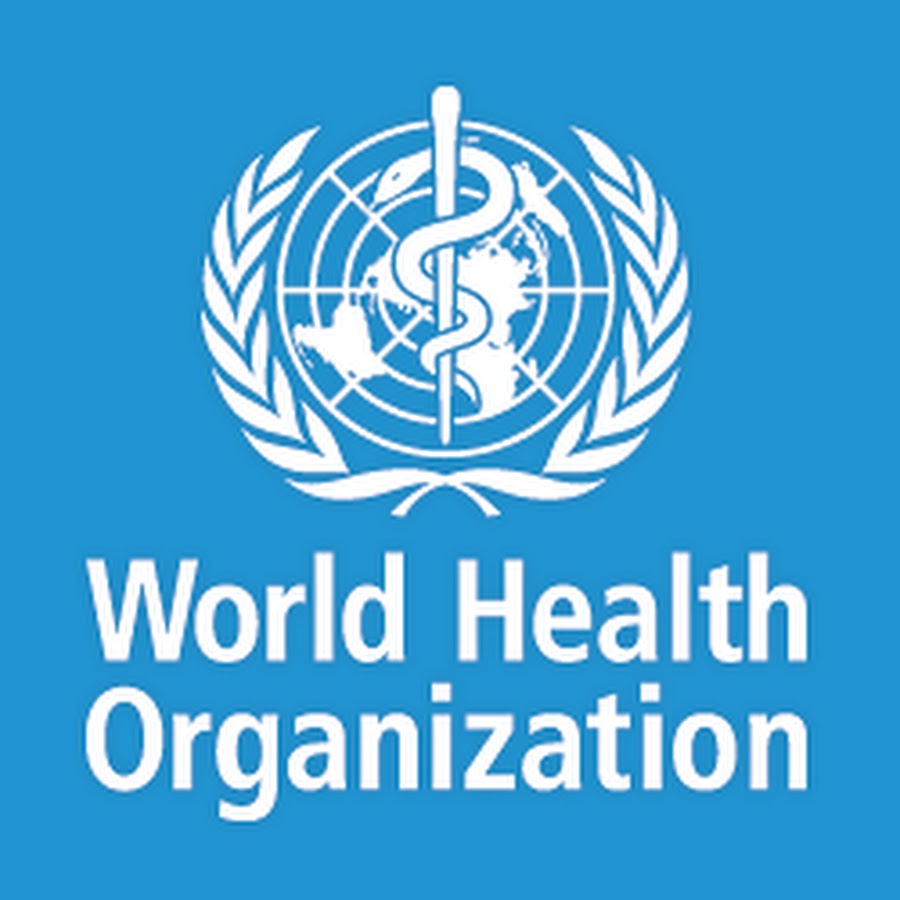The World Health Organisation (WHO) on Tuesday said there have been 131 confirmed monkeypox cases and 106 further suspected cases since the first was reported on May 7, outside the countries where it usually spreads.
While the outbreak is unusual, it remains “containable’’ and limited, the WHO said, and it is convening further meetings to support member states with more advice on how to tackle the situation.
Monkeypox is a usually mild viral infection that is endemic in parts of West and Central Africa.
It spreads chiefly through close contact, and until the recent outbreak has only rarely been seen in other parts of the world.
The majority of the recent cases have been reported in Europe.
“We encourage you all to increase the surveillance of monkeypox to see where transmission levels are and understand where it is going,’’ said Sylvie Briand, WHO director for Global Infectious Hazard Preparedness.
She said it was unclear if the cases were the “tip of the iceberg’’ or if the peak in transmission has already passed.
Speaking at the World Health Assembly in Geneva, Briand reiterated WHO’s view that it is unlikely that the virus has mutated but said that transmission may be being driven by a change in human behavior.
Briand added that, particularly as people return to socializing as COVID-19 restrictions were lifted worldwide.
Many, but not all, of the cases have been reported in men who have sex with men, and Briand said it was particularly important to try to prevent sexual transmission.
Symptoms include a fever and a distinctive bumpy rash.
The West African strain of monkeypox, which is the one identified in the current outbreak, has a mortality rate of around 1 percent.
While she said the outbreak was not normal, she stressed that it was containable.
There are also vaccines and treatments available for monkeypox, she added, calling for appropriate containment measures, more research, and global collaboration.
“Let’s not make a mountain out of a molehill,’’ she said.

